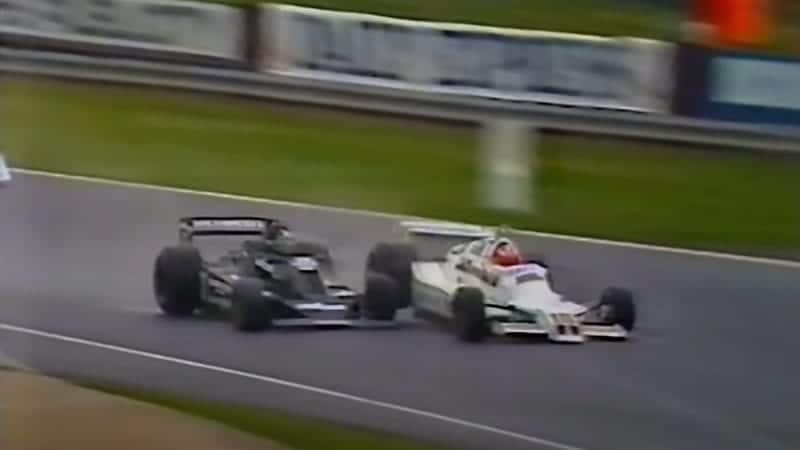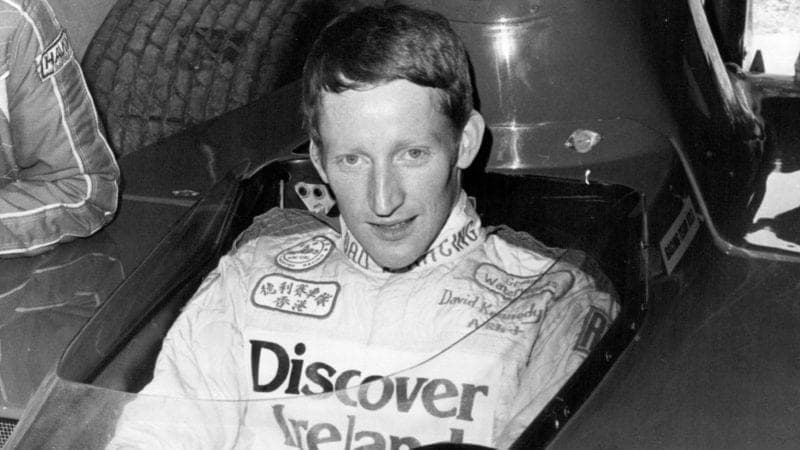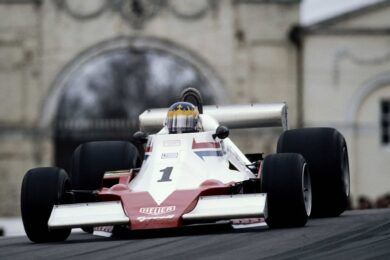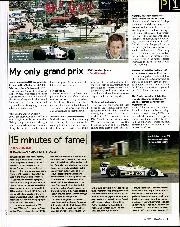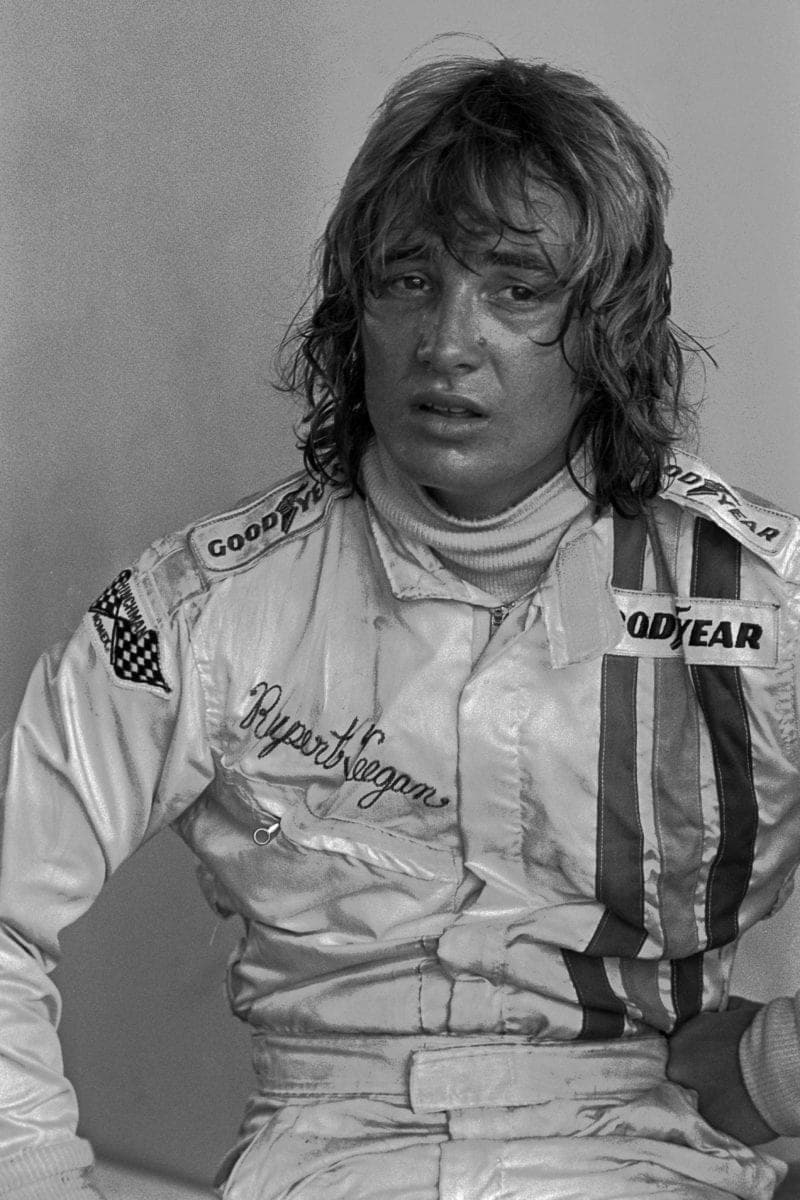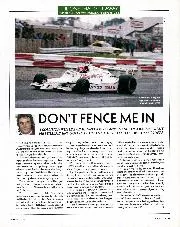Whilst he feels the nickname is a little misguided, he admits he was looking to win the mental battle too. Kennedy had mined iron ore in Australia with his friend Derek Daly, in their efforts to raise money to buy their own Formula Ford cars. This formative experience shaped his approach to racing.
“I’ve often said you drive a car as you work – and I worked in the mines with a pick and shovel,” relates Kennedy. “Having been in that environment, there wasn’t anyone I was afraid of.
“I went up to Rupert before the start of the race, gave him a knuckle-cruncher and said ‘may the best man win’, glaring at him.
“They called me the ‘flame-haired Irish man’. I just wanted to psychologically stir him.”
It seemed to work, for as the flag fell, it was the Theodore driver who shot into the lead. Poleman Keegan was left to flounder in the spray on a wet day in Northamptonshire, falling behind Smiley in the Surtees TS20.
However, towards the end of the first lap Kennedy made a crucial decision to back off. Deploying an unconventional strategy, he says that he allowed Smiley and his title rival past.
“I was [racing] just on the edge and I didn’t need to,” Kennedy explains, “It’s like a cycle race, you pace yourself, you watch what the other guy’s doing in front. You’re seeing where he’s quick, you’re seeing where he’s slow. And you pick him off like that.
In one of the all-time great synchronised spins, both sailed towards the fencing in an apparently considered choreography
“I was comfortable with the car. And Smiley was particularly quick in the straight and I was actually hoping that he would tangle with Rupert. I was confident in that strategy.”
It had worked for the Irishman before” “I’d won British championship in Formula Ford following that same line, in a slipstream at Silverstone. I would just hang on to the last corner, to the last lap and slingshot past five or six times. I wasn’t panicked – I knew where I could get him.”
Now in third, Kennedy followed Smiley and Keegan for several laps until Keegan then got by Smiley at Woodcote. This hadn’t been part of the plan.
“I went by Gordon because he wasn’t putting Rupert under enough pressure,” Kennedy says, “I just wanted to keep on Rupert’s tail so he’d be looking in the mirror.
“If you make a move to overtake but don’t overtake them – that will freak anyone out. All they have to do is just make three or five yards mistake on the brake at that kind of speed. You’ve missed your apex, you’re out on the dirt, game over.”
Running dry tyres on a track populated by treacherous wet patches, both drivers were finding little bite on the bitumen.
“It was an interesting battle, certainly from my cockpit,” remembers Kennedy, “As you went through Woodcote and Copse on slicks, it was certainly an eye-opener! I think we had several ‘moments’.”
Things soon began to unravel hereafter. Villota, the bank manager-turned racing driver, spun off at the final chicane on lap 11, bringing out the yellow flag.
As Keegan and Kennedy raced towards the danger zone, the latter decided to take the initiative – at least at first.
“Coming through the complex at the back, he made a slight error and ran a little bit wide, so I had a good run at him,” says Kennedy.
